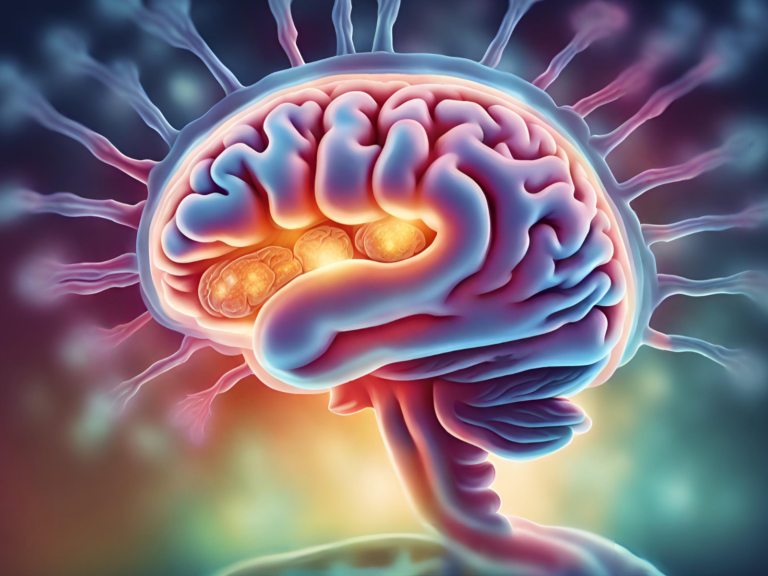The Lifecycle of a Machine Learning Project
The journey of creating a machine learning (ML) model is intricate, encompassing several crucial steps, each with its unique challenges and requirements. This guide aims to demystify the process, breaking it into six fundamental stages: Data Collection, Data Preparation, Model Training, Model Evaluation & Testing, Optimization, and Deployment. Let’s embark on this journey together, exploring each stage in detail.
1. Data Collection
Data collection is the foundation of any ML project. The quality and quantity of the data collected directly influence the model’s ability to learn and make accurate predictions. This step involves gathering data from various sources such as databases, online repositories, sensors, or scraping the web. The objective is to amass a comprehensive dataset that accurately represents the problem domain, ensuring diversity and volume to train the model effectively.
When embarking on the data collection phase of a machine learning project, several key points demand attention to ensure the process sets a solid foundation for subsequent stages. Firstly, the quality of data collected is paramount; it should be relevant, accurate, and representative of the problem domain to avoid biases and ensure the model’s effectiveness. Diversity in data helps in building robust models that perform well across different scenarios and use cases.
Volume of data is another critical factor; sufficient data is needed to train the model adequately, especially for complex models or deep learning applications. Privacy and ethical considerations must also be prioritized, ensuring that data collection complies with legal standards and respects individuals’ rights.
Lastly, considering the potential for data drift over time, it’s important to plan for periodic updates or expansions of the dataset to maintain the model’s relevance and accuracy in a changing environment. Together, these points underscore the careful planning and execution required in data collection to pave the way for successful machine learning outcomes.
2. Data Preparation
Once the data is collected, the next step is to prepare it for modeling. This involves cleaning the data by handling missing values, removing outliers, and correcting inconsistencies. Pre-processing techniques like normalization or standardization are applied to make the data suitable for ML algorithms. Feature extraction is another critical aspect of this stage, where meaningful attributes are identified or created from the raw data, enhancing the model’s learning capability by focusing on relevant information.
In the critical process of making data model-ready, data cleaning, normalization, and feature extraction stand out as essential steps, each contributing significantly to the quality and efficacy of the final machine learning model. These steps are intertwined, requiring a deep understanding of both the data at hand and the requirements of the machine learning algorithms to be used. Thoroughly processed data leads to models that are not only more accurate but also more efficient and easier to interpret, underlining the importance of meticulous data preparation.
3. Model Training
With the data ready, we proceed to model training. This phase involves selecting an appropriate ML algorithm and model and using the pre-processed data to train it. The choice of algorithm depends on the problem type (e.g., classification, regression, clustering) and the data characteristics. During training, the model learns to map inputs to desired outputs, adjusting its parameters to minimize errors. This process requires computational resources, especially for large datasets or complex models.
This stage requires careful consideration of several key factors to ensure the development of an effective and robust model. Selecting the right model and algorithm based on the problem type and data characteristics is fundamental. The quality of the training data, which must be diverse, comprehensive, and representative of the problem space, directly impacts the model’s ability to learn and generalize.
Hyperparameter tuning is another essential aspect, involving the optimization of parameters that control the learning process to enhance model performance. Overfitting and underfitting are crucial challenges to address, ensuring the model is complex enough to capture underlying patterns in the data without memorizing the training data. Efficient computational resources are necessary for training, particularly for complex models and large datasets.
Lastly, iterative training and validation on different subsets of data help in assessing the model’s performance and generalizability. Attention to these points during model training can significantly improve the likelihood of achieving a model that is accurate, efficient, and capable of making reliable predictions in real-world scenarios.
4. Model Evaluation & Testing
Training a model is not the endpoint. Model evaluation is crucial to assess its performance on unseen data. This step involves using a separate dataset (test set) to test the model, evaluating metrics such as accuracy, precision, recall, or F1 score, depending on the problem type. This phase helps identify any issues of overfitting or underfitting and provides insights into the model’s generalization capability.
This step helps identify potential issues like overfitting, where the model performs well on the training data but poorly on new data, indicating it has not learned the underlying patterns but rather memorized the training data. Cross-validation techniques can offer a more robust evaluation by using multiple splits of the data to train and test the model, providing a comprehensive view of its performance across different subsets of data.
Addressing bias and ensuring fairness in model predictions also form an essential part of the evaluation, particularly in applications with significant social implications. Through thorough and thoughtful model evaluation and testing, developers can refine their models to better serve their intended applications, ensuring they deliver accurate and fair results in diverse real-world scenarios.
5. Model Optimization
Model optimization is a critical process aimed at enhancing the performance of a machine learning model, making it not only more accurate but also more efficient in handling real-world tasks. This process often involves fine-tuning the model’s hyperparameters, which are the settings that govern the model’s learning process and can significantly affect its behavior and performance.
Techniques such as grid search, random search, and Bayesian optimization are commonly used to systematically explore the hyperparameter space and identify the optimal configuration. Equally important is feature engineering, which involves creating, selecting, and transforming features to improve model accuracy and reduce complexity. Regularization techniques, like L1 and L2 regularization, can be employed to prevent overfitting by penalizing overly complex models, thus ensuring that the model remains generalizable to new data.
Optimizing the model also means ensuring it runs efficiently, considering aspects like computational time and resource usage, especially for models deployed in environments with limited resources. Throughout this optimization process, maintaining a balance between model complexity and generalizability is paramount to avoid underfitting and overfitting, ensuring the model performs well on unseen data.
6. Deployment
Model deployment marks the critical transition of a machine learning model from a developmental stage to being an integral part of real-world applications, where it starts delivering predictions or insights. Successful deployment hinges on several key considerations. The choice of deployment environment, which could range from on-premises servers to cloud platforms, must align with the application’s scalability, security, and performance requirements. Containerization technologies like Docker can facilitate seamless deployment across diverse environments.
A crucial aspect of successful deployment involves deciding between using GPUs (Graphics Processing Units) and CPUs (Central Processing Units) based on the model’s requirements and the deployment environment. GPUs, with their parallel processing capabilities, are often preferred for deploying complex models that require intensive computation, such as deep learning applications, enabling faster predictions and handling higher volumes of requests efficiently. On the other hand, CPUs, while generally slower for mathematical computations compared to GPUs, can be more cost-effective for simpler models or applications with lower concurrency demands. The choice also affects scalability, with cloud platforms offering flexible options to scale GPU or CPU resources according to demand.
Integration with existing systems requires careful planning to ensure that the model interacts smoothly with other applications and data sources. Monitoring and maintenance are paramount post-deployment; continuous monitoring for performance degradation, data drift, or emerging security vulnerabilities is essential to keep the model relevant and effective. Additionally, establishing a pipeline for easy model updates or retraining with new data ensures the model remains accurate over time.
Ethical considerations and compliance with regulations such as GDPR for data privacy should be addressed to maintain user trust and legal compliance. Effective model deployment thus involves a comprehensive strategy that extends beyond technical implementation, encompassing operational, ethical, and regulatory considerations to ensure sustained value and impact.
Conclusion
The journey through the ML workflow is both challenging and rewarding. Each stage plays a crucial role in developing a robust, efficient, and accurate machine learning model. By understanding and meticulously executing each step, practitioners can unlock the full potential of ML technologies, solving complex problems and delivering significant value across various domains.







